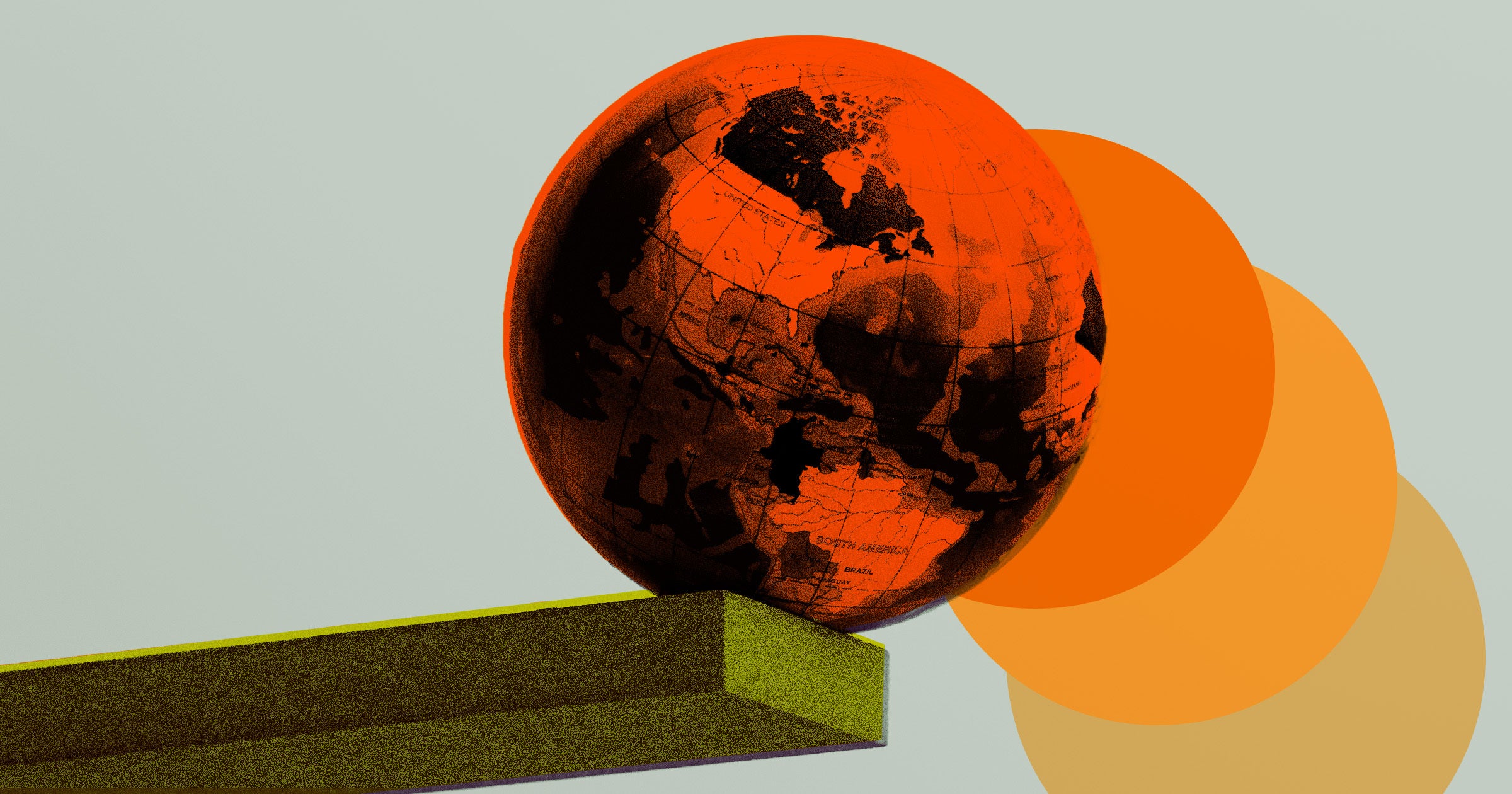Astronomers who examined the sound waves from the Big Bang say that the Earth — and the entire Milky Way galaxy we call home — could be trapped in a huge void billions of light years across.
Their study, which was just presented at the Royal Astronomical Society’s National Astronomy Meeting in the UK, could solve one of cosmology’s greatest mysteries: the Hubble tension, or why the older universe appears to be expanding more slowly than younger regions.
“The Hubble tension is largely a local phenomenon, with little evidence that the expansion rate disagrees with expectations in the standard cosmology further back in time,” Indranil Banik, a cosmologist from the University of Portsmouth who led the research, said in a statement about the work. “So a local solution like a local void is a promising way to go about solving the problem.”
Our universe is expanding at an accelerated rate, but precisely what rate is a matter of intense debate. When astronomers analyze the cosmic microwave background, the light leftover from the Big Bang and the oldest light in the universe, the rate is slower compared to that derived from observations in the nearby universe of Type Ia supernovas and luminous, pulsing stars known as Cepheids.
The discrepancy has become undeniable, and its implications are so profound that it’s been dubbed a “crisis in cosmology.” Is our understanding of the universe wrong? Is there some new physics we are yet unaware of?
But this latest research could pump the brakes a little. If the Earth happens to be near the center of a low density “void” in space, approximately a billion light years in radius and roughly 20 percent below the universe’s average density, that could neatly explain the discrepancy.
Banik explains that such a region “would cause matter to be pulled by gravity toward the higher-density exterior of the void, leading to the void becoming emptier with time.”
“As the void is emptying out,” he continues, “the velocity of objects away from us would be larger than if the void were not there. This therefore gives the appearance of a faster local expansion rate.”
The idea of a local void has been floated before. But this latest work adds credence to the theory by analyzing baryon acoustic oscillations (BAO), or as the researchers call it, the “sound of the Big Bang” — emanations produced as the uniform sea of hot matter that formed from the Big Bang repeatedly contracted and then expanded in a tug of war with gravity, before eventually cooling.
“These sound waves traveled for only a short while before becoming frozen in place once the universe cooled enough for neutral atoms to form,” Banik said, allowing astronomers to use them as a “standard ruler” to measure cosmos.
If this void exists, Banik argues, then it would distort the BAO in a way that we could measure. After analyzing all BAO measurements taken over the last 20 years, that’s exactly what Banik says he’s found.
The biggest problem that this theory runs into, however, is that it defies our understanding of the universe’s structure: at the largest scales, it should appear uniform and evenly distributed. A region billions of light years across that’s somehow less dense than everything around it is quite clearly in violation of that.
Nonetheless, Banik plans to test his local void model with other methods of estimating the universe’s expansion.
More on space: Mysterious Object Headed Into Our Solar System Is Coming From the Center of the Galaxy
